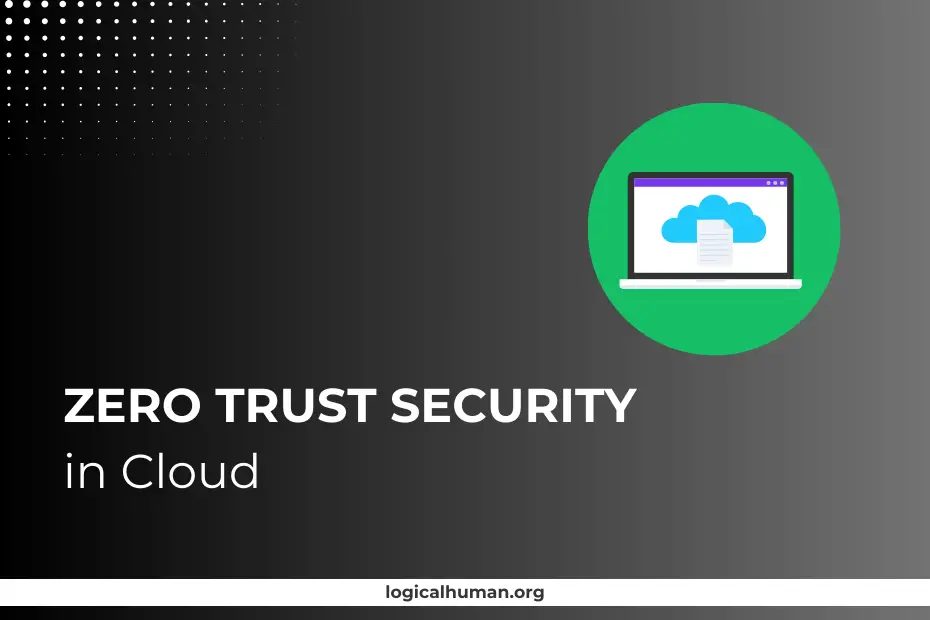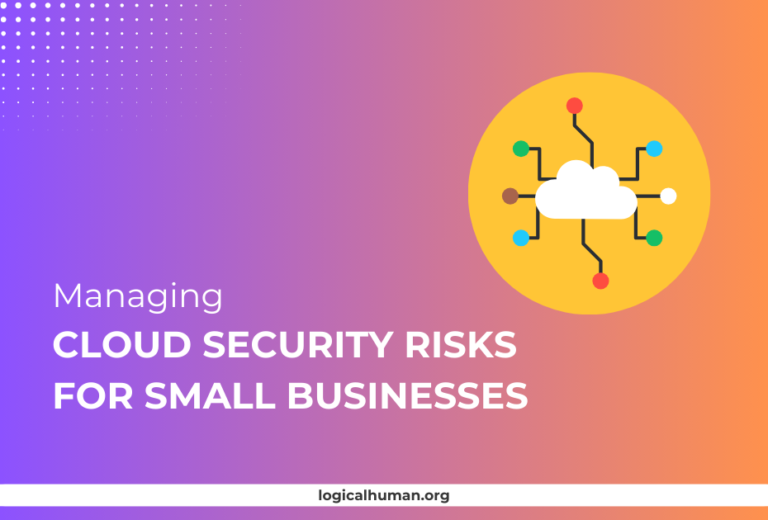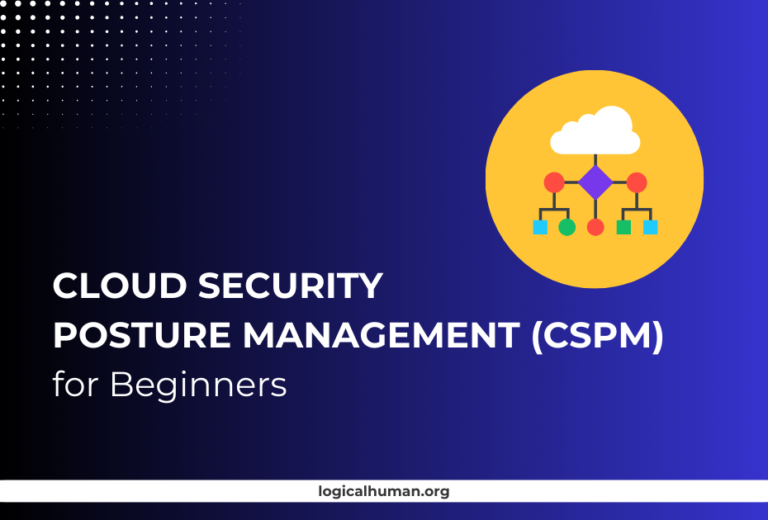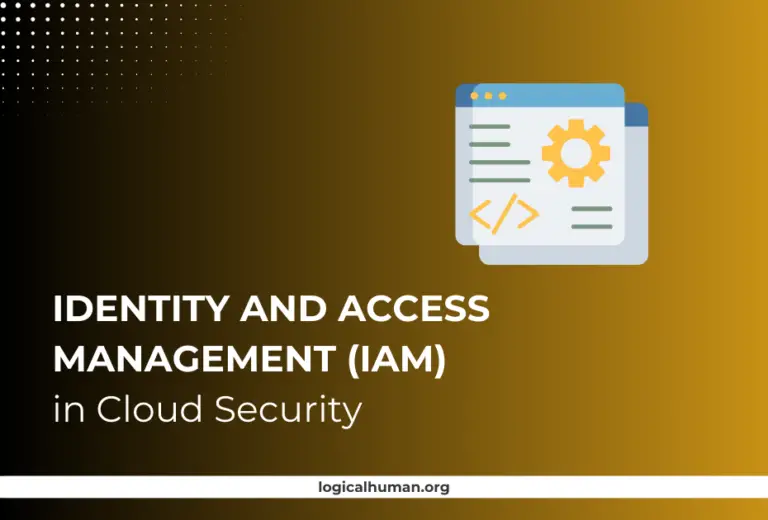With cyber threats evolving at a breakneck pace, traditional security models are no longer enough to protect cloud environments. Enter Zero Trust Security, a model that assumes nothing and verifies everything. But what exactly is Zero Trust Security, and why is it so crucial for cloud computing? In this article, we’ll break down everything you need to know about Zero Trust Security in the cloud, from its core principles to implementation strategies and beyond.
Understanding Zero Trust Security
Zero Trust Security isn’t just a buzzword; it’s a complete shift in how we think about cybersecurity. Unlike traditional models that focus on defending the perimeter of a network, Zero Trust assumes that threats can come from both outside and inside the network.
Core Principles of Zero Trust
- Verify Explicitly: Every access request, whether internal or external, should be authenticated, authorized, and encrypted before granting access.
- Least Privilege Access: Users are given the minimum level of access required to perform their tasks. This minimizes the risk of data breaches and unauthorized access.
- Assume Breach: Always operate under the assumption that your network is already compromised. This mindset encourages continuous monitoring and quick responses to any anomalies.
Why Traditional Security Models Fail in Cloud Environments
The rise of cloud computing has transformed how businesses operate, but it’s also introduced new security challenges. Traditional security models, which rely heavily on defending the perimeter, struggle to keep up in the cloud.
The Evolution of Cyber Threats
Cyber threats have become more sophisticated, targeting both on-premises and cloud environments. Hackers can exploit vulnerabilities in applications, misconfigured cloud settings, and even the smallest oversight in security policies.
Limitations of Perimeter-based Security
In a cloud environment, there is no single perimeter to defend. Employees access data from various locations and devices, often outside the corporate firewall. This makes it nearly impossible for perimeter-based security models to effectively protect against threats.
The Rise of Zero Trust in Cloud Security
Zero Trust has gained traction as a viable solution for securing cloud environments. But what makes it so different from traditional security models?
How Zero Trust Differs from Traditional Security
Traditional security models operate on the assumption that everything inside the network is trustworthy. In contrast, Zero Trust verifies every user and device attempting to access resources, regardless of their location within or outside the network.
Benefits of Zero Trust for Cloud Security
- Enhanced Data Protection: With continuous authentication and policy enforcement, data is protected from unauthorized access and breaches.
- Reduced Attack Surface: By segmenting the network and enforcing strict access controls, Zero Trust minimizes the potential entry points for attackers.
- Improved Compliance: Zero Trust helps meet regulatory requirements by ensuring that only authorized users have access to sensitive information.
| Aspect | Traditional Security Models | Zero Trust Security |
|---|---|---|
| Security Approach | Perimeter-based defense | Identity and access-based defense |
| Trust Assumptions | Trusts internal network and users | Trusts no one, verifies all users and devices |
| Access Control | Static, often broad access rights | Dynamic, least privilege access |
| User Verification | Single verification at network entry | Continuous verification for every access request |
| Network Segmentation | Limited, often at network level only | Extensive, micro-segmentation down to the resource level |
Implementing Zero Trust Security in Cloud Environments
Implementing Zero Trust in a cloud environment may seem daunting, but breaking it down into manageable steps can simplify the process.
Establishing Identity Verification
The foundation of Zero Trust is robust identity verification.
- Multi-Factor Authentication (MFA): MFA requires users to provide two or more verification factors, such as a password and a one-time code sent to their phone, before accessing the network.
- Single Sign-On (SSO): SSO allows users to access multiple applications with one set of login credentials, reducing the risk of password fatigue and credential theft.
Access Control and Policy Enforcement
Once identity verification is in place, it’s crucial to enforce access policies based on the principle of least privilege.
- Role-Based Access Control (RBAC): RBAC limits access based on the user’s role within the organization. For example, a sales associate may have access to customer information but not to financial data.
- Attribute-Based Access Control (ABAC): ABAC uses attributes such as user location, time of access, and device type to enforce access policies dynamically.
Continuous Monitoring and Analytics
Continuous monitoring is essential to detect and respond to any anomalies or breaches in real-time.
- User Behavior Analytics (UBA): UBA tools monitor user behavior and flag any deviations from the norm, such as accessing data at odd hours or from unusual locations.
- Network Traffic Analysis: Analyzing network traffic helps identify suspicious activities, such as large data transfers or unauthorized access attempts.
Best Practices for Zero Trust Security in Cloud
To get the most out of Zero Trust Security, consider implementing the following best practices:
Secure Access to Cloud Resources
Use strong identity and access management policies to control who can access what resources. Implement MFA and SSO to add extra layers of security.
Implement Micro-Segmentation
Micro-segmentation divides the network into smaller segments, each isolated from the others. This prevents an attacker who breaches one segment from moving laterally to others.
Encrypt Data in Transit and at Rest
Encryption protects data by making it unreadable to anyone without the decryption key. Ensure that all sensitive data is encrypted both when it’s being transferred and when it’s stored.
Regularly Update and Patch Systems
Outdated software can have vulnerabilities that hackers exploit. Regularly updating and patching systems reduces the risk of breaches.
Challenges in Adopting Zero Trust Security
While Zero Trust offers many benefits, it’s not without challenges.
Complex Implementation
Implementing Zero Trust requires a complete overhaul of existing security policies and infrastructure, which can be time-consuming and resource-intensive.
Integration with Legacy Systems
Many organizations still rely on legacy systems that may not support modern security protocols. Integrating Zero Trust with these systems can be challenging.
User Experience Concerns
Strict security policies can sometimes hinder user productivity. It’s important to balance security needs with user experience to ensure seamless operations.
Tools and Technologies Supporting Zero Trust Security
Several tools and technologies can help organizations implement Zero Trust Security in cloud environments.
Identity and Access Management (IAM)
IAM solutions manage user identities and control access to resources. They support features like MFA, SSO, and password management.
Security Information and Event Management (SIEM)
SIEM systems collect and analyze security data from across the network, helping to detect and respond to potential threats.
Cloud Access Security Brokers (CASB)
CASBs act as intermediaries between users and cloud service providers, enforcing security policies and monitoring user activity.
Zero Trust Security Models and Frameworks
Several frameworks can guide organizations in implementing Zero Trust Security.
Google’s BeyondCorp
BeyondCorp is Google’s implementation of Zero Trust Security, which eliminates the need for a traditional VPN by verifying user identity and device security before granting access.
NIST’s Zero Trust Architecture
The National Institute of Standards and Technology (NIST) provides guidelines and best practices for implementing Zero Trust Security, focusing on continuous verification and secure access.
Future of Zero Trust Security in Cloud Computing
The future of Zero Trust Security looks promising, with emerging trends poised to make it even more effective.
Emerging Trends
Trends like decentralized identity management and zero-trust network access (ZTNA) are set to redefine how organizations secure their cloud environments.
AI and Machine Learning in Zero Trust Security
AI and machine learning can enhance Zero Trust by automating threat detection and response, making it easier to manage complex security environments.
Conclusion
Zero Trust Security is no longer optional in today’s cloud-centric world. By verifying every user and device, limiting access to only what’s necessary, and continuously monitoring for threats, organizations can significantly reduce their risk of breaches. While implementing Zero Trust can be challenging, the benefits far outweigh the costs, making it a must-have for any organization operating in the cloud.
FAQs
What is Zero Trust Security?
Zero Trust Security is a cybersecurity model that operates under the assumption that no entity, whether inside or outside the network, is trustworthy. It requires continuous verification of every user and device attempting to access resources.
How is Zero Trust Different from Traditional Security Models?
Traditional security models focus on protecting the network perimeter, while Zero Trust verifies every access request, regardless of the user’s location or device, minimizing the risk of breaches.
Can Zero Trust be Applied to On-Premises Environments?
Yes, Zero Trust can be applied to both cloud and on-premises environments. It’s particularly effective in hybrid environments where data and applications are distributed across multiple locations.
What are the Challenges of Implementing Zero Trust Security?
Challenges include complex implementation, integration with legacy systems, and potential impacts on user experience due to stricter security policies.
What Role Does AI Play in Zero Trust Security?
AI can automate threat detection and response, making it easier to manage security in complex environments. It can also help identify anomalies and predict potential security risks.



